Qinling Mountains---- The Central Park of China
The most magnificent scenery you can see in Xi’an is Qinling Mountains after rain. The great and lofty mountains where many stories have happened in the past thousands of years are fascinating.
Giant Qinling Mountains lie across Central China. 200 million years ago, Qinling Mountains were completely isolated from the ocean, and its magnificent posture took shape basically. As a demarcation line of physical geography and climate for North China and South China, it keeps people there alive.

A vast sea of clouds hangs over lofty Qinling Mountains, but where is my final destination? White snow at Lantian Pass stops us from forging ahead.
Origin of Qinling Mountains

A vast sea of clouds hangs over lofty Qinling Mountains, but where is my final destination? White snow at Lantian Pass stops us from forging ahead.

It is recorded in Notes on Book of Waterways by Li Daoyuan that in Qin and Han Dynasties, one black dragon came from Qinling Mountains to Weihe River for drinking and a mountain like a dragon appeared in the place where it passed through, namely, Longshou Mountain. The head of the dragon is at Longshou Village currently, while the tail of the dragon is at Bell Tower.
It is thought geographically that the root of numerous mountains in Chinese Mainland is Kunlun Mountains. Therefore, before the unification of six states by Ying Zheng, Qinling was named Kunlun; larer, as Qinling Mountains stand in the south of the capital of Qin State, it is named Zhongnan Mountain or South Mountain. “It is located in the center of the world and to the south of the capital, so it is called Zhongnan (中南or 终南).”

It is widely believed that Qinling is derived from the name of Qin people and Qin State. The earliest words about Qinling Mountains are in the Classic of Mountains and Seas and Yugong (evolution of Chinese geography). Yugong was written in the Warring States Period, and according to it, the layout of mountains in China is a system of “Three Horizontal and Four Vertical Lines”, in which the central part is Qinling Mountains. However, Qinling Mountains had no official written record until Sima Qian wrote “Qinling Mountains are a huge impediment around the world” in his famous book Historical Records.
A natural boundary
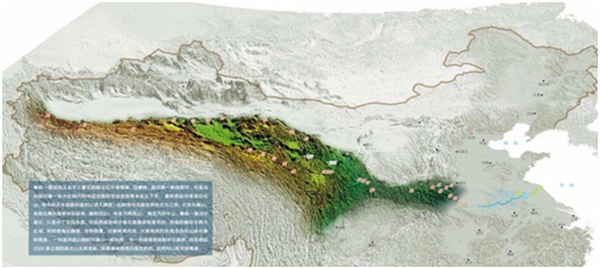
The mountains divide China into the northern part and southern part
Up to the 1950s, North China and South China were generally considered as Yangtze River Basin and Yellow River Basin. Later, scientists, taking Qinling Mountains-Huaihe River as the boundary, draw an east-west line on the Chinese map, which is regarded as the geographic boundary line of North China and South China.

In winter, cold wind blows in Central Shaanxi Plain to the north of Qinling Mountains, which is covered with ice and snow. And people there get through the winter by virtue of heated floor and fire.
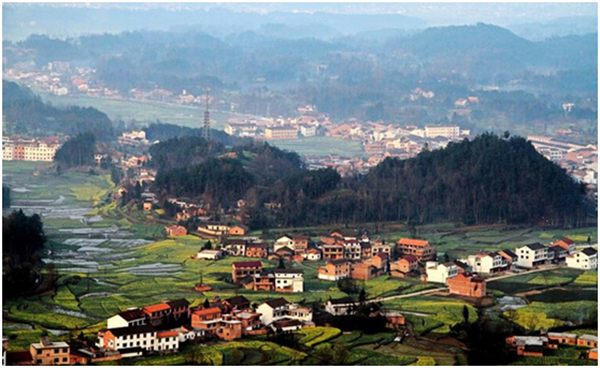
However, in Hanzhong Basin to the south of Qinling Mountains are green hills and blue waters. After cold current, white snow covers both sides of the Yangtze River, frost passes Nanling Mountains and brings chill to Guangdong across the Tropic of Cancer. Nevertheless, Sichuan Basin about 1km away from the Tropic of Cancer boasts flowers in blossom, thus becoming the only province free from frost in China except Hainan Island. Qinling Mountains play a decisive role in changing the nautral layout of Chinese Mainland.
Origin of Qinling Mountains culture
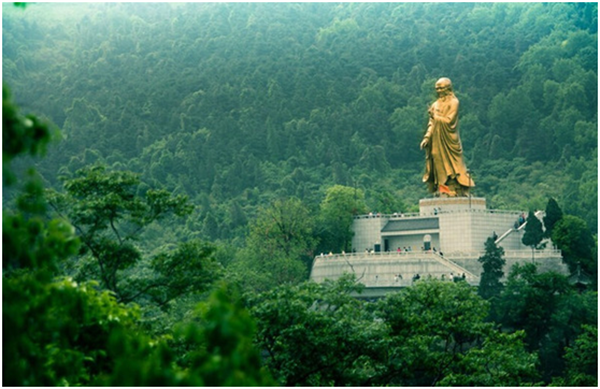
To the south and north of Qinling Mountains are the important breeding and preaching place of Taoism at the early stage. According to the legend, Laozi taught Tao Te Ching in Louguantai in Zhongnan Mountain. In Song Dynasty, Chen Tuan lived in solitude in Huashan Mountain and carefully researched Taoism. In Jin Dynasty, Wang Chongyang founded Quanzhen Sect in Zhongnan Mountain.

Thereinto, Huashan Mountain is of the brightest colors. It is one of the earliest birthplaces of Taoism in China, and its core culture is Taoism culture. Huashan Mountain boasts profound religious culture heritage, not only signifying the belief of Taoism in a centralized manner, but also breeding traditional national spirit.

Qinling Mountains breed Taoist culture, and also serves as an important cradle of the Buddhism in China. In later Qin Dynasty, Kumarajiva created a translation workshop in Caotang Temple of Zhongnan Mountain, and then opened a new situation for translation cause of the Buddhism in China.
Qinling Mountains are also the origin of the foundation and development of various schools of the Buddhism in China. Among the eight schools of Chinese Buddhism, only Qinling Mountains and the Central Shaanxi Plain have gathered the birthplaces of six schools, including Three Treatises School, Pure Land School, Ritsu School, Dharma-laksana Vijnaptimātratā School, Hua-yen School, and Vajrayana School.
Cradle of all creatures

Today, Qinling Mountains lie on the boundary of South China and North China, and it divides China into South China and North China, separates rivers, meanders in the west and east direction, and connects the high and low parts. Its great momentum and continuous magnificence make people difficult to see its panorama but obliged to seek for it, for it is so close to us and related to us.
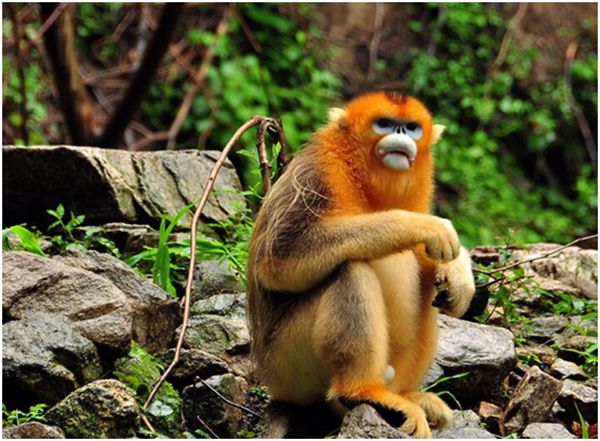
In Qinling Wildlife Park, there is panda, golden monkey, antelope and other precious varieties, as well as first-class national protected birds of crested ibis and black stork. And panda, golden monkey, antelope and crested ibis are jointly called as “Four Treasures of Qinling Mountains”.
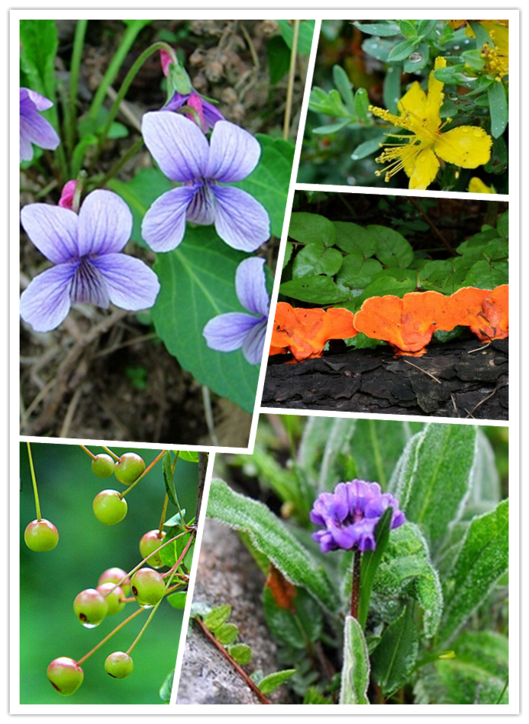
Also a countless number of mammals such as serow, goral, boar, black bear, forest musk deer, deerlet, etc., as well as pheasant community with the most rich varieties in the world are hidden in Qinling Mountains. Currently, it is certain that there are multiple predators such as leopard, clouded leopard, jackal, yellow-throated marten, ocelot, etc. Moreover, zoologists have not given up looking for south China tiger in Qinling Mountains.
There is even a rich variety of animals, let alone the plants. The ancients said that, there is no unuseful grass on Mount Taibai. The plants in Qinling Mountains are various and distinctive.
Our Home
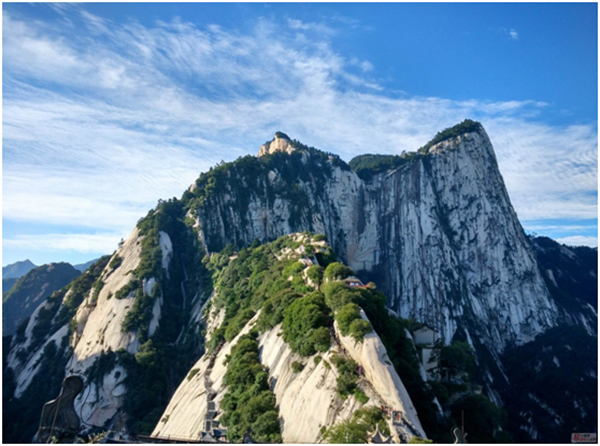
Due to the climatic defense and nourishment by waters in Qinling Mountains, there is the favorable weather in Central Shaanxi Plain, and the unsurpassed flourish of Zhou, Qin, Han and Tang Dynasties was created. 13 dynasties in Xi’an all got wood and stone from Qinling Mountains to build its own capital; over thousands of years, the waters in Chang’an from Qinling Mountains have nourished too many generations.
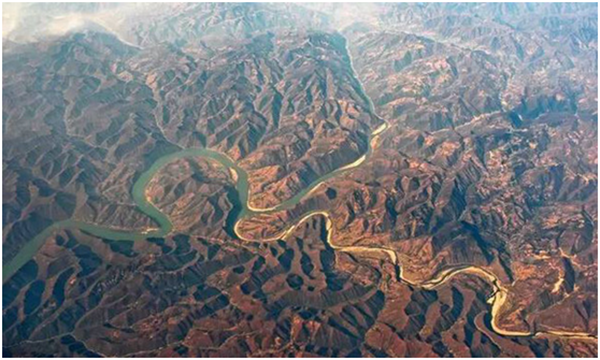
In the big world, some people choose to withdraw from the troubled world and live in seclusion. By virtue of its vast land, high mountains and deep ditch, plentiful water, dense forest, and various kinds of wild fruits, it is a famous place for seclusion and spiritual practice since ancient times. Living a simple farming life, the hermits seclude themselves in the mountains.

Zhongnan Mountain, a place full of stories: Here, all things grow, and flowers bloom. Also some touching dreams of life are hidden. If you are good enough like a flower in full bloom, you will realize your dream. Among the luxuriantly green mountain forest, there is a yard halfway up to the mountains; under the simple eaves, someone lives by the mountain. Zhongnan Mountain brings so great enjoyment to the world.


